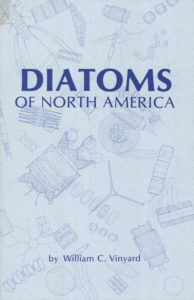Book: Microscopy as a Hobby
A good beginner level book
Mol Smith’s book, published in 2014 presents “a 21st Century Quick Start Guide” that will bring anyone easily into the microscope hobby. Mol Smith, the editor of Micscape Magazine by its editor Mol Smith is an acknowledged world authority on the use of the amateur microscope.
Most introductory books are decades old but this one gives the information for parents, teenagers or mature adults needed to get started (or restarted). This is now a high tech activity that rivals the excitement of any modern interest group and the tools needed have become very accessible. It is really useful for a micro-naturalist.
The book recommends safe-to-use chemicals, and easily obtainable equipment that allows anyone to learn to access the hidden and unseen world under a microscope.
Publisher Information
This little book (142 pages) gives everything you need to know to get going. I own it, and I recommend it to you. Available online ISBN: 9781500301651 printed at Middletown DE USA.

























